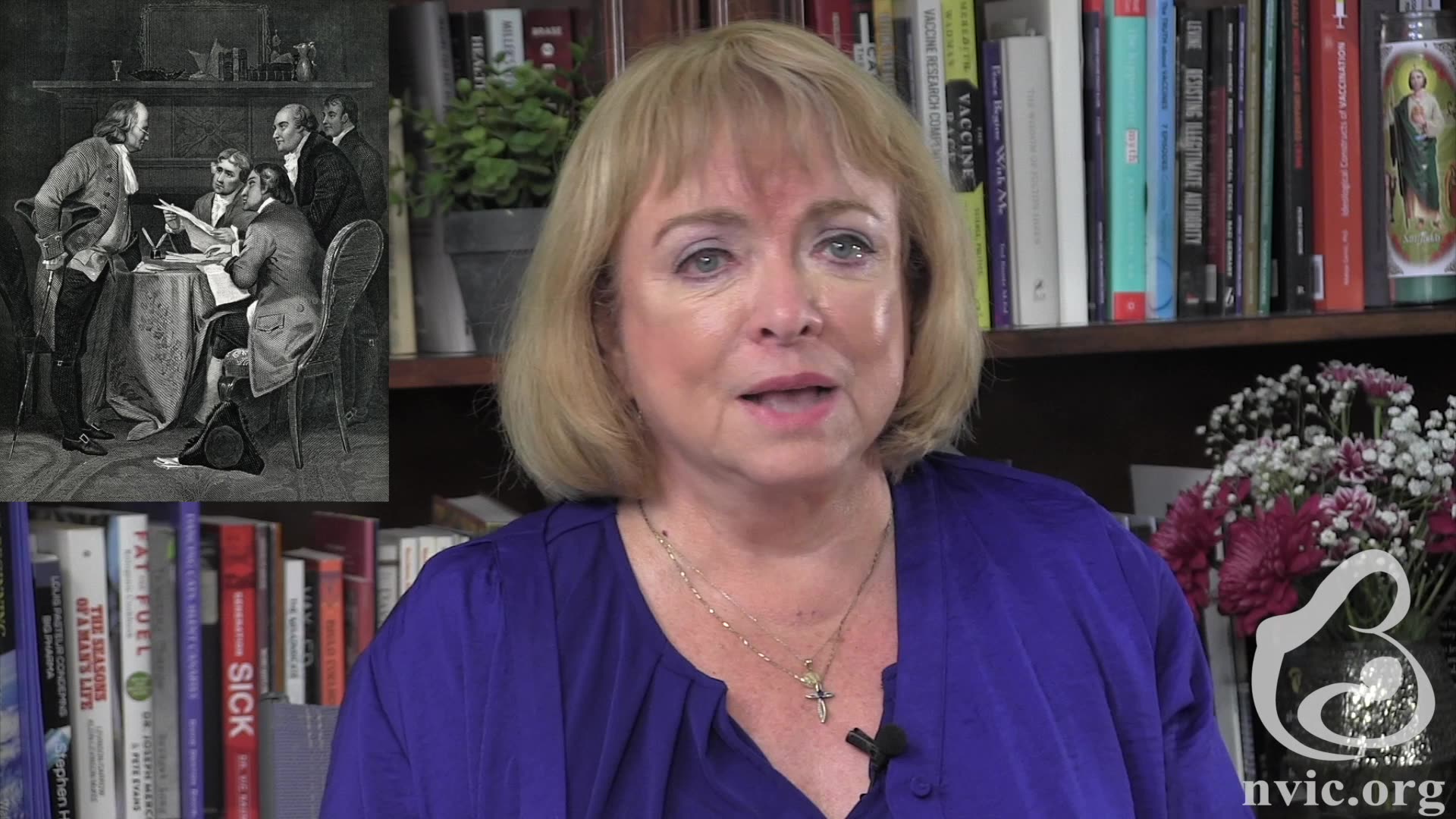A new report published in the journal Autism Research found the prevalence of autism spectrum disorder (ASD) has grown to about 100 in 10,000 children—up from 62 in 10,000 children a decade ago. The figure is based on a systematic review of 71 epidemiological studies providing 99 ASD prevalence estimates from 34 countries, primarily the United States and countries in Northern Europe but also traditionally underrepresented countries in Africa and the Middle East. The studies included in the review ranged in size from 465 participants to 50 million participants.1 2 3 4
Boys Much More Likely to Develop Autism Than Girls
ASD prevalence estimates ranged from 1.09 in 10,000 children to 436 in 10,000 children, with a median prevalence estimate of 100 in 10,000. Overall, the study found that boys are four times more likely to develop autism than girls but that girls with autism are more likely to experience intellectual disability. ASD prevalence also varied depending on race and ethnicity.1 2 4 According to the report:
[I]n 2016, overall prevalence estimates were almost identical for white, non-Hispanic, black, and Asian/Pacific Islander children, but lower for Hispanic children, and the differences in prevalence between whites and blacks were only observed in two sites. In 2010, however, non-Hispanic white children were ~2.5 times more likely to be diagnosed with ASD than non-Hispanic black children. On the other hand, available data from insurance (Medicaid) still suggests higher prevalence among white as compared with other ethnicities.4
The report noted that there are differences in the prevalence of ASD between geographic regions but that it is difficult to make good comparisons between countries due to inconsistency in methods and small sample sizes used to study and determine prevalences. There is also the issue of under-reporting of ASD in certain countries as a result of lower rates of diagnosis.1 4
It is difficult to identify consistent patterns in ASD prevalency between rural and urban areas. While one cross-sectional study showed a higher prevalence of ASD in rural areas of India versus urban areas, other studies showed no urban/rural differences. In the case of Taiwan, a higher prevalence of ASD has been observed in urban areas versus rural.1 4
Growth in Autism Due to Better Diagnosis and Awareness?
As autism rates have continued to soar worldwide, and specifically in the U.S., during the past three decades, some health care providers and public health officials have claimed that this trend is more of an illusion than an actual epidemic. While studies on autism prevalency conducted in the U.S. and Europe during the 1960s and 1970s estimated that two to four children in 10,000 had autism, rising to six to seven children in 1,000 by 2002 and, most recently, to one in 44, some theorize that the growing number of children with ASD is due mainly to better diagnosis and awareness of the disorder.5 6
Andy Shih, PhD, chief science officer at Autism Speaks, Inc. and a co-author of the report in Autism Research said:
The increase in autism prevalence around the world reflects in part the impact of public health efforts to raise global awareness of autism spectrum disorder. Since 2012, many regions have also made significant strides in case identification, diagnosis and capacity to serve the autistic community.2
But that theory has many detractors. Roseann Capanna-Hodge, PhD, a psychologist in Ridgefield, Connecticut, said:
People say rates are higher because of the changes in the diagnostic criteria. And they say it’s easier for children to get identified. I say that’s not the truth and that I’ve been doing this for 30 years, and that even 10 years ago, I did not see the level of autism that I do see today.6 7
Dr. Capanna-Hodge agrees that there have been improvements in the detection of ASD, but that the improvements have mostly occurred at the low- to mid-level part of the spectrum. She points out that the higher rates of autism are happening at the more severe end of the disorder.6 7
If you would like to receive an e-mail notice of the most recent articles published in The Vaccine Reaction each week, click here.
Click here to view References:1 Autism Speaks. New study shows increase in global prevalence of autism. Apr. 29, 2022.
2 Diament M. Autism Prevalence Rising Globally. Disability Scoop May 19, 2022.
3 Elsabbagh M. Global Prevalence of Autism and Other Pervasive Developmental Disorders. Autism Research Apr. 11, 2012.
4 Zeidan J et al. Global prevalence of autism: A systematic review update. Autism Research Mar. 3, 2022.
5 Boat TF, Wu JT. Prevalence of Autism Spectrum Disorder. National Academies Press (US) Oct. 28, 2015.
6 Hobley N. U.S. Autism Rate Rises to One in 44 Children. The Vaccine Reaction Dec. 19, 2021.
7 Chesler C. Why are autism rates steadily rising? Leaps Apr. 2, 2020.













4 Responses
It’s the aluminum in vaccines, stupid!
You know it Mark! Jun 19, 2018 Visualising Aluminium in Human Brain
Tissue in Autism and Multiple Sclerosis Matthew Mold, United Kingdom
https://youtu.be/rLbcRld0jCk
12/03/21 1 in 44 American Children Has Autism, CDC Reports
The Centers for Disease Control and Prevention released its latest prevalence estimates for autism, finding 1 in 44 or 2.27% of American 8-year-olds have an autism spectrum disorder.
https://childrenshealthdefense.org/defender/american-children-autism-cdc-prevalence-estimates/
AUGUST 21, 2020 Autism—The Most Glaring Aspect of the Deterioration of Health Among Our Kids?
The numbers: We’ve watched the numbers explode with no end in sight. Over the last 20 years the Centers for Disease Control and Prevention have routinely updated the autism rate: 2001: one in 250
2004: one in 166
2007: one in 150
2009: one in 110
2012: one in 88
2014: one in 68
2018: one in 59
2020: one in 54
https://childrenshealthdefense.org/news/autism-the-most-glaring-aspect-of-the-deterioration-of-health-among-our-kids/
With the widespread vaccination of children with the COVID mRNA injection, we will see a tremendous increase in ASD and schizophrenia. This is especially so as the other childhood vaccines are being combined with this genetic-altering agent. Because latent viruses are also activated, we will in addition see a dramatic increase in malignant brain tumors (glioblastomas) related to the herpes simplex virus and childhood medulloblastoma related to the cytomegalovirus. Leukemia will also explode as the mRNA is deposited in the bone marrow of these children.
Russell L. Blaylock, M.D.